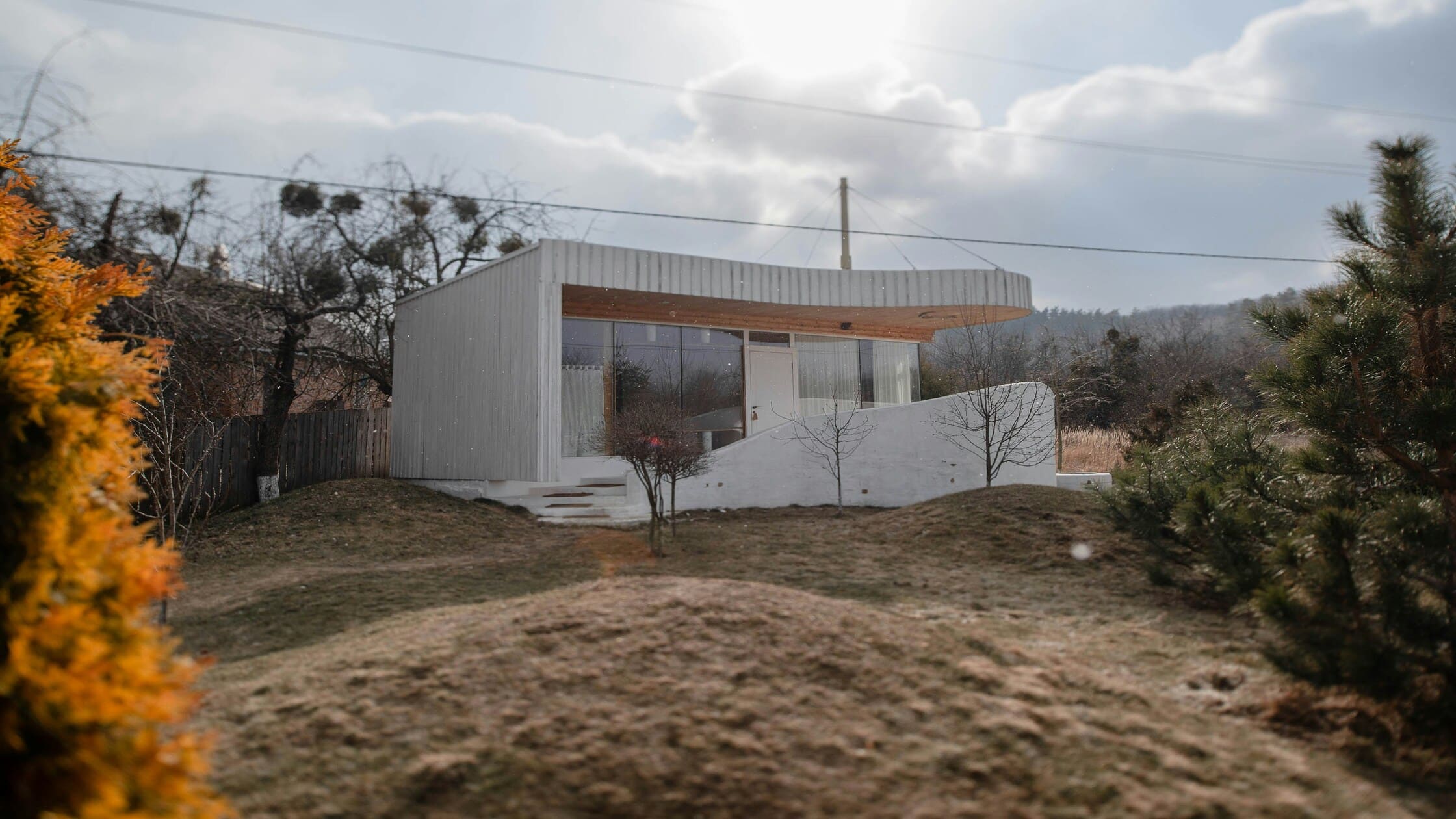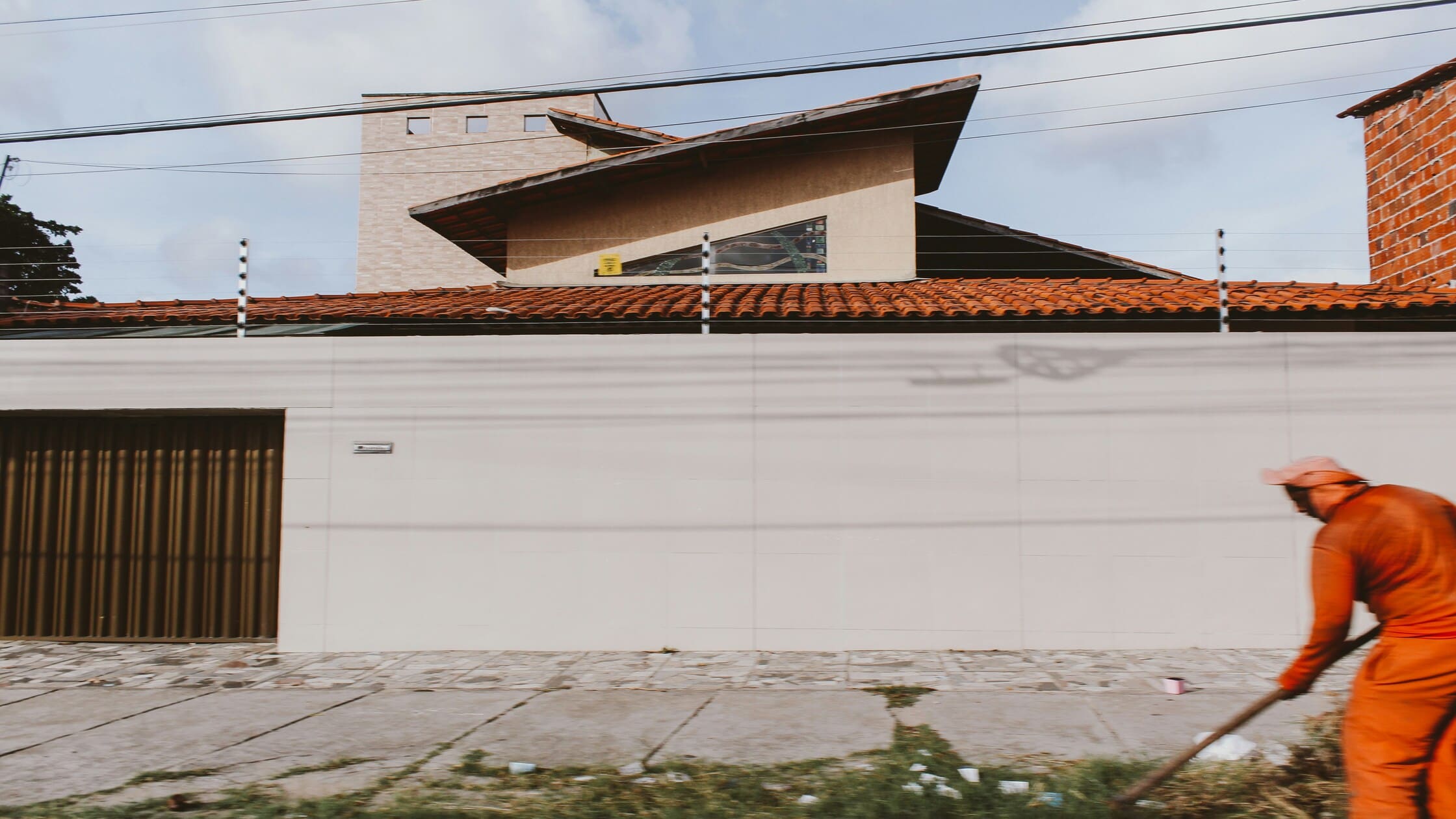If you’re curious about how unauthorized occupancy might impact your property, this guide on Montana squatter rights is a must-read. As legislative changes continue to reshape the landscape in 2025, understanding these rights is essential for safeguarding your investment and navigating property disputes.
In today’s article, we’ll explore the nuances of Montana squatter rights, explain them, debunk common myths, and cover everything from adverse possession to the eviction process.
Whether you’re asking what squatters' rights are in Montana or wondering about the eviction process in Montana, this article will provide you with the detailed insights you need.

Before we dive deeper, take a moment to review our quick facts table below, which summarizes essential rental and possession criteria in Montana:
Defining Montana Squatter Rights
Montana squatter rights refer to the legal doctrine that allows unauthorized occupants to claim legal title to a property through adverse possession potentially. But what are squatters' rights in Montana, exactly?
In essence, these rights come into play when someone occupies a property openly, continuously, and without the owner’s permission for a statutory period. Only then may they pursue a claim for ownership under the rules of adverse possession in Montana.
In Montana, the process is far from immediate—occupancy for a mere 30 days will not suffice. Instead, the law requires long‑term, uninterrupted possession and clear evidence that the occupant has treated the property as their own.
This concept is often misunderstood, leading to persistent questions such as, what are squatters rights in Montana, and how to get free land in Montana?
Common Myths About Montana Squatter Rights
There are many myths surrounding Montana squatter rights. Let’s debunk a few of the most common misconceptions:
Can Someone Really Claim a Home Just by Living in It?
One of the biggest myths is that simply occupying a property—even for a short period—can grant legal ownership. Many wonder if there is any free land in Montana or believe that merely “squatting” could transfer title.
In reality, to claim Montana squatter rights, the occupant must satisfy the rigorous criteria of adverse possession in Montana, including continuous possession for a statutory period and a demonstrable intent to claim the property as their own.
How Long Does It Actually Take to Gain Ownership?
Another common myth regarding Montana squatter rights laws and the adverse possession process revolves around the timeline. Some believe that adverse possession can occur within a few months or even days. In Montana, the process is far longer.
Adverse possession in Montana typically requires a decade or more of uninterrupted, hostile possession. Only then can a squatter begin to claim any legal rights over the property.
Distinguishing Between Squatting vs. Trespassing
A key aspect of understanding Montana squatter rights is knowing the difference between squatting and trespassing. Although the terms are sometimes used interchangeably, they have distinct legal meanings.
- Squatting: This refers to the act of occupying a property without permission for a prolonged period, with the potential to eventually gain legal title via adverse possession. In Montana, if someone meets the criteria for adverse possession, they might gain Montana squatter rights.
- Trespassing: This is the unauthorized entry onto someone’s property without any intention to claim it. Trespassing is illegal from the outset, and the law typically allows property owners to take immediate legal action against trespassers.
For example, if someone violates the trespassing laws in Montana by entering a property without permission, they may face criminal charges. In contrast, a squatter who occupies a property openly for years may eventually claim Montana squatter rights if all legal requirements are satisfied.

Understanding Adverse Possession in Montana
Adverse possession is the legal doctrine that forms the foundation of Montana squatter rights. It allows an individual to claim title to the property if they meet specific conditions over a continuous period.
Legal Framework: Montana Code Annotated § 70-19-411
Montana Code Annotated § 70-19-411 outlines the criteria for adverse possession in the state. This statute requires that:
- The occupation is open and notorious.
- The possession is continuous and uninterrupted for the statutory period (generally 5 years).
- The occupation is hostile, meaning without the permission of the legal owner.
- The possessor must exhibit an intent to claim the property as their own.
This legal framework is essential when considering what are squatters' rights in Montana and how adverse possession in Montana functions.
Criteria for Adverse Possession
For a squatter to successfully claim ownership under adverse possession, the following conditions must be met:
- Continuous Possession: The individual must occupy the property without interruption for the entire statutory period.
- Open and Notorious Use: The occupation must be visible to anyone, including the legal owner.
- Exclusive Possession: The squatter must be the sole occupant and must not share control with others.
- Hostile Possession: The occupation must be without the owner’s consent and with the intent to claim the property.
- Constructive Notice: The occupation must be such that the owner is or should be aware of it.
Failing to meet even one of these conditions means that the claim for Montana squatter rights will likely be unsuccessful. This is why many adverse possession claims in Montana do not succeed despite common misconceptions.
Why Most Squatter Claims Fail (And How Owners Can Fight Back)
In practice, many squatter claims in Montana fail due to gaps in continuous possession, lack of clear evidence, or proactive legal action taken by property owners.
For instance, if property owners consistently monitor their property and promptly address unauthorized occupancy, they can prevent the lengthy period required for adverse possession to take hold.
This proactive approach is critical when considering the eviction process in Montana and removing squatters from private property.
Landlord and Homeowner Rights in Montana
Property owners in Montana are afforded robust rights under state law to protect their investments. When it comes to Montana squatter rights, it is essential to understand your legal options/responsibilities and the steps you can take if someone unlawfully occupies your property.
Legal Eviction vs. Self-Help Eviction
One common area of confusion is the difference between legal eviction and self‑help eviction.
- Legal Eviction: This is the formal process that property owners must follow, which includes serving proper notice, filing an eviction lawsuit, and obtaining a court order.
- Self‑Help Eviction: This involves taking direct action to remove a squatter without going through the legal process, which is generally illegal and can result in significant legal penalties.
For instance, if you need to begin the eviction process, you must follow the proper legal procedures rather than resort to forceful measures. Violating Montana squatter rights laws can exacerbate the situation, especially under strict trespassing laws in Montana.
What to Do If Someone Claims Adverse Possession of Your Property
If you discover that someone is attempting to claim your property via adverse possession, immediate action is required. This may include:
- Serving a Cease and Desist: Inform the squatter that their actions are unauthorized.
- Filing for Eviction: Initiate the formal eviction process.
- Legal Counsel: Engage an attorney experienced in property law to safeguard your interests.
These steps are critical to thwart any attempts at removing squatters and to ensure that your rights remain intact.

2025 Amendments to Montna's Adverse Possession Laws
Recent legislative amendments in 2025 have refined the legal landscape surrounding Montana squatter rights. The updates focus on:
- Clarifying the Required Possession Period: While the general timeframe remains 5 years, the amendments provide clearer guidelines on what constitutes a “continuous” occupation.
- Stricter Proof Requirements: New evidence standards have been introduced to ensure that only those who clearly meet all criteria can claim adverse possession.
- Enhanced Owner Protections: The amendments empower property owners to act more swiftly against unauthorized occupancy, thus reducing the risk of adverse possession claims.
These legislative updates ensure that the balance between protecting property owners and recognizing long‑term occupancy remains fair and transparent.
Whether you’re still unclear about Montana squatter rights or concerned about how long until squatters' rights apply, these changes are vital to understanding the current legal framework.
How to Evict a Squatter in Montana? A Must-Know for Property Owners
For property owners facing unauthorized occupancy, knowing how to evict a squatter in Montana is essential. The eviction process in Montana must be conducted in accordance with state law to avoid legal pitfalls.
Step-by-Step Eviction Process
- Step 1 - Verification: Confirm that the individual is indeed a squatter, not a lawful tenant.
- Step 2 - Notice to Quit: Serve a formal notice instructing the squatter to vacate the property. Ensure that the notice complies with Montana’s requirements.
- Step 3 - Filing an Eviction Lawsuit: If the squatter refuses to leave, file an eviction action in the appropriate court.
- Step 4 - Court Hearing: Present evidence to support your claim that the occupant has no legal right to the property.
- Step 5 - Enforcement: Once the court issues an order, coordinate with law enforcement to remove the squatter.
This structured process helps ensure that your actions are legally sound and minimizes potential counterclaims. Property owners must also be aware of local nuances within Montana’s eviction process to remove squatters successfully.
Protecting Your Property from Unlawful Occupancy
Based on Montana's squatter rights law, prevention is the best defense against unwanted occupancy. Here are several strategies to protect your property and prevent challenges to your ownership:
- Regular Inspections: Frequent property checks can deter potential squatters.
- Enhanced Security Measures: Install quality locks, security cameras, and alarm systems.
- Clear Signage: Post “No Trespassing” signs prominently to deter unauthorized entry in line with trespassing laws in Montana.
- Timely Rent and Lease Notices: Use formal notices to keep tenants informed and deter misunderstandings.
- Prompt Legal Action: At the first sign of unauthorized occupancy, serve the appropriate notices and, if necessary, begin eviction proceedings.
By following these strategies, you can effectively prevent squatting and ensure that any attempt at adverse possession of Montana is thwarted before it becomes a serious issue.
Conclusion

Understanding Montana squatter rights is essential for both property owners and potential occupants. With a clear legal framework, stringent adverse possession criteria, and robust protections for property owners, Montana law strikes a balance between recognizing long‑term occupancy and defending property rights.
In 2025, recent legislative updates have further clarified these rights, ensuring that only those who meet all the necessary requirements can claim ownership.
Whether you are asking about Montana squatter rights or wondering about the eviction process, staying informed and proactive is your best defense against unauthorized occupancy. For more information, visit our LeaseRunner blog.
FAQs
Q1. Is there any free land in Montana?
While some claim that adverse possession or squatter rights might lead to free land, acquiring title requires strict adherence to legal criteria over many years.
Q2. How to get free land in Montana?
Essentially, no; even adverse possession requires a lengthy period and clear evidence of intent to claim the property.
Q3. What are squatters' rights in Montana?
They refer to the legal protections that unauthorized occupants may gain through adverse possession if they meet strict criteria.



